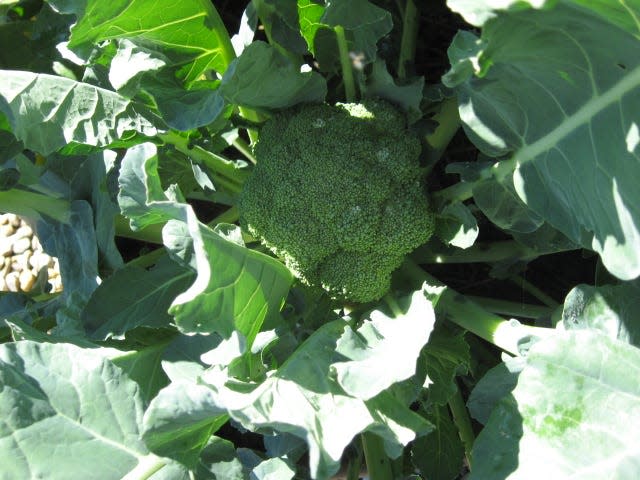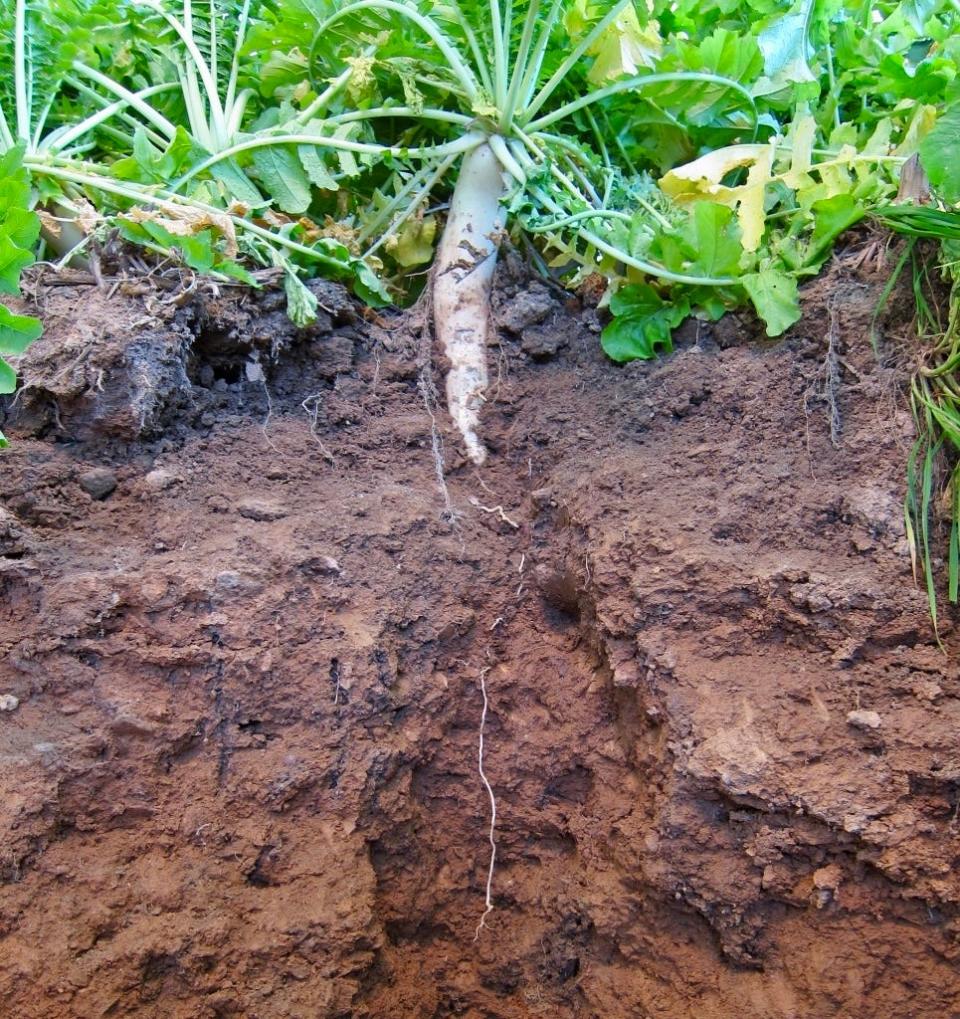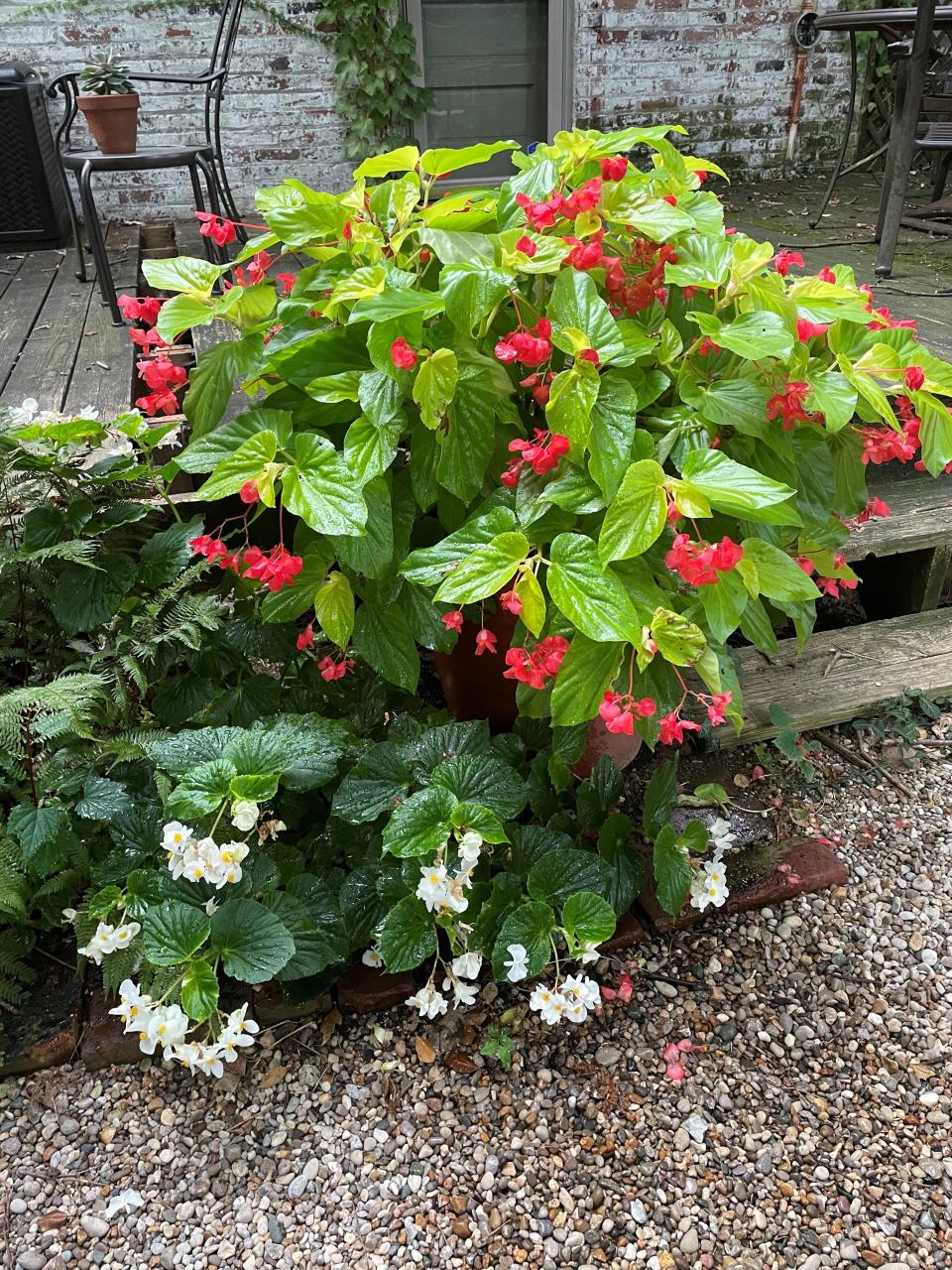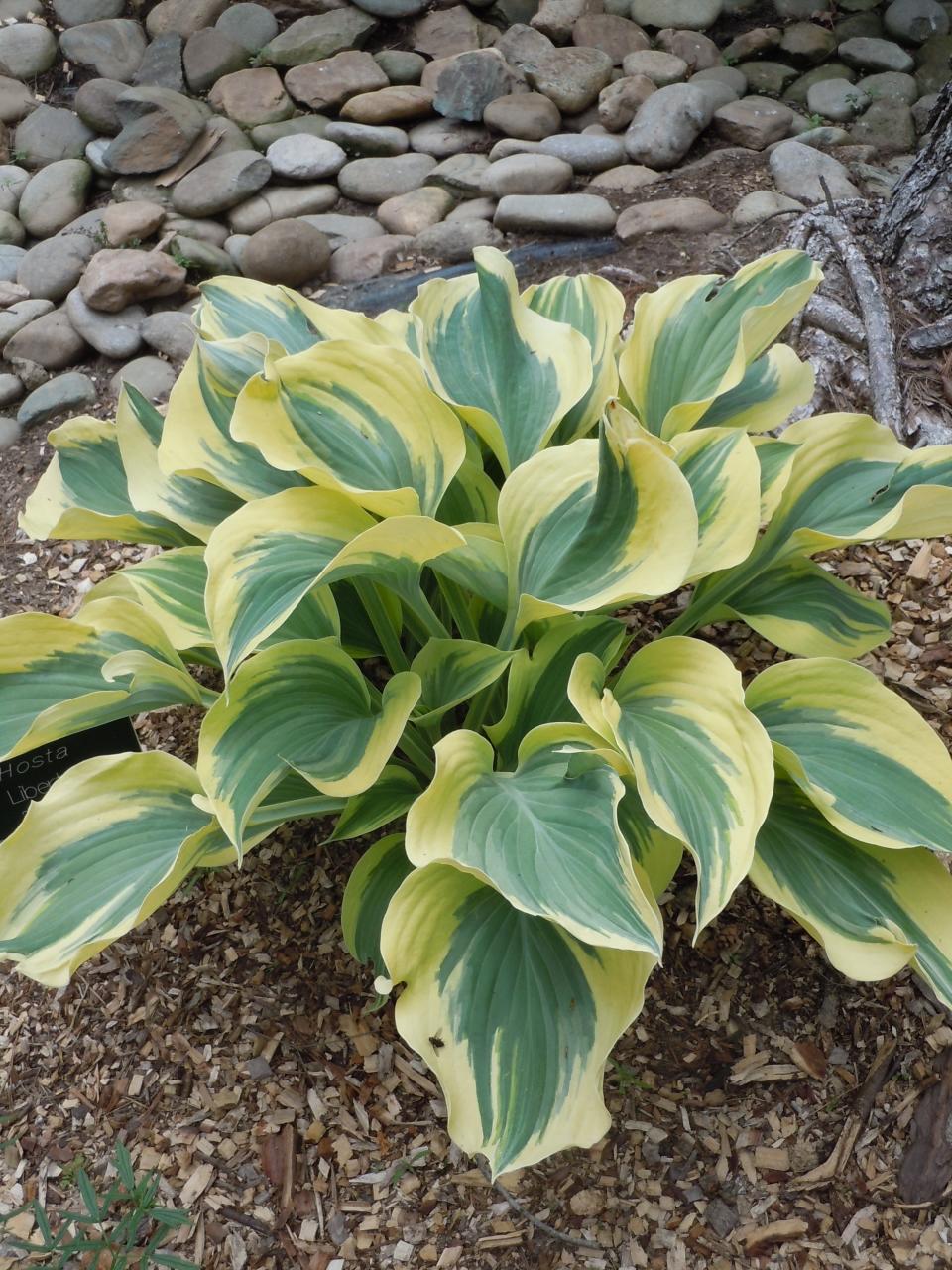What are the best fall vegetables to plant? And do you need fertilizer? 3 things to know
Ah, the first week of September. For many gardeners in Middle America, this is when they throw in the towel. Tired of whacking mosquitoes, dragging hoses, and inventing new recipes for the annual overproduction of zucchini, many have had it with the whole garden thing, at least for this year. But those who choose the escape hatch provided by the shortening of days and dropping temps risk missing out on the chance to close out the gardening season in style — going out with a bang rather than a whimper.
Sure, you can shut off the hose, let the grass go brown, and stand by as the tomato vines and overgrown petunia baskets die a slow and painful death. Or you can dial it up and give your garden a whole new season.
You see fall gardening in a continental climate is a bit of a gambler’s choice. Here in Louisville, we can have our first freeze as early as the middle of October. On the other hand, a number of years ago (OK, quite a number of years ago ... ) I cut the last tea rose out of my Highlands garden on Christmas Eve. Without the moderating influence of the oceans, we’re subject to pretty drastic temperature swings. But sometimes we get lucky.
So here's how to get the most of out your garden this fall:
What are the best vegetables to plant in the fall?

If you’re still harvesting huge crops of tomatoes and the vines look nothing but lush, happy, and green, congratulations. You’re better than the rest of us whose tomatoes right now look like something the local feral water buffalo dragged home. You might have a few nice-looking fruits left to harvest but within a couple of weeks, those hangers-on will settle into a ripening process that is so slow you might just as well enjoy a plate of fried green tomatoes right now. Those huge plants are taking up valuable space that could be put to better use.
My suggestion — and I realize this is quite radical — rip those puppies out of the ground and plant a fall crop.
Ok, maybe a couple of weeks ago would have been ideal for planting your broccoli, cauliflower, and kale, but there’s still plenty of time to get something in the ground that will let you harvest fresh produce for two more months or more.

This is a great time to be seeding radishes, spinach, lettuce, and arugula. If you’re adventurous (and an optimist!) you can still plant broccoli, cauliflower and kale and hope for a kind fall and late winter. You don’t even need to think about planting garlic for a few more weeks.
When is the best time to fertilize your plants?

By now, that 10-inch hanging basket of petunias is looking pretty bad. You know the look — sort of the "Grapes of Wrath" effect — dry, withering, a desperate smattering of color here and there.
If that’s where you are in the season, you have two drastically different options. If you’re a slash-and-burn gardener like me, you’ll hurl those plants as far as you can into the compost pile (of course removing the plastic container for recycling first). Then you'll run out and get yourself a nice pot of fall annuals, ornamental cabbages or even a tray or two of pansies if you must. Just avoid those silly pot mums for sale in the grocery store. You can do better than that!
The second option is to give those annual plantings a big old haircut, a good dose of fertilizer, and coax them back not productivity. By this time of year, any slow-release fertilizer you had mixed into the pot is long gone. If you’re like me, you likely haven’t kept up with a weekly dose of soluble fertilizer. It may seem a little drastic, but we have enough warm days left that most of your annuals will spring back and give you a nice show for the end of the season.
How to propagate plants for beginners
If you don’t want to get into the fall veggie thing and you’ve already given up on 2023’s annuals, this is a good time to make improvements for next year. This is the perfect time to do what all gardeners love — make more plants ... for free!
Just about all the herbaceous perennials growing in your garden can be divided this time of year. Some are pretty much indestructible — like daylilies. Simply dig up a clump and throw the whole mass at a sturdy brick wall until it breaks into pieces.
No — I’m kidding. You don’t need to be that brutal. But they are tough to kill. Dig up the whole mass and simply divide it in half or quarters using your (sharpened!) spade and replant the masses.

Depending on the size of the plant you want next spring, some perennials can be divided into many propagules. Last year I dug up a big old hosta I had in the front yard. It had been there for years. Careful division yielded more than 40 plants! They were all small this spring but, hey, they were free! And isn’t a free plant every gardener’s favorite plant?
Paul Cappiello is the executive director at Yew Dell Botanical Gardens, 6220 Old Lagrange Road, yewdellgardens.org.
This article originally appeared on Louisville Courier Journal: What are the best vegetables to plant in the fall

